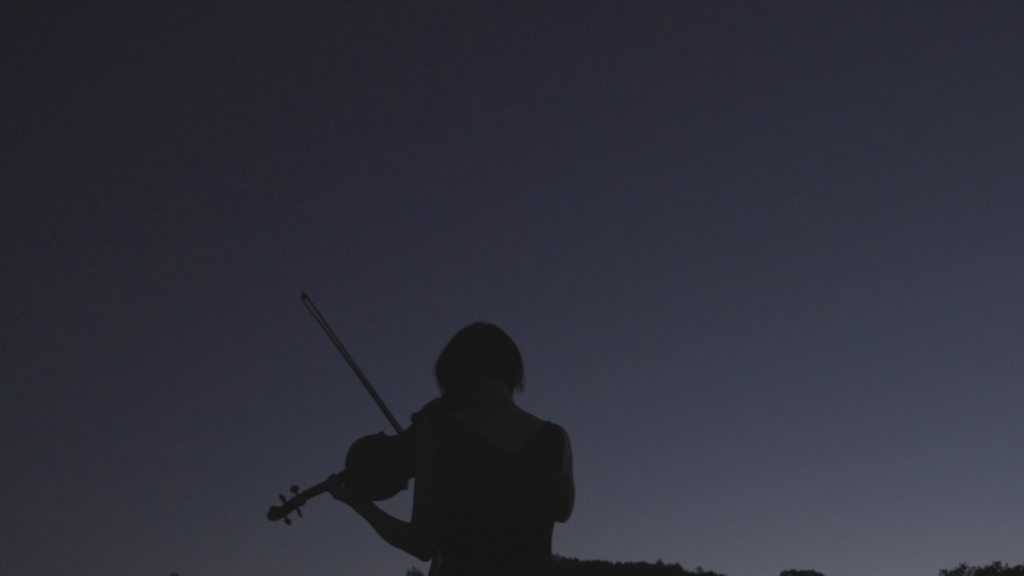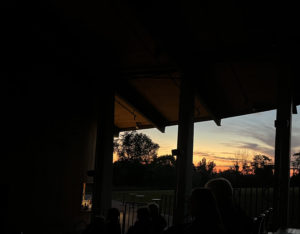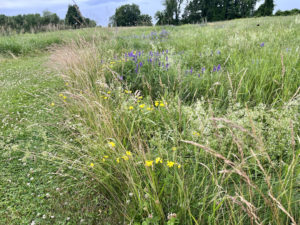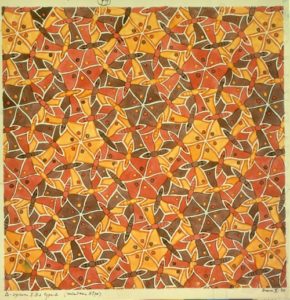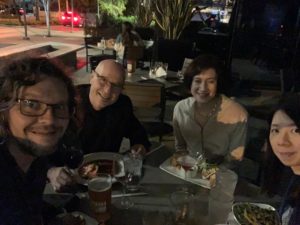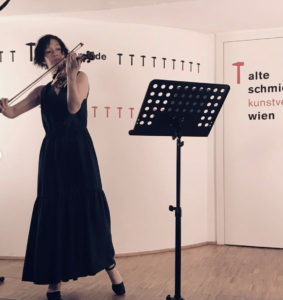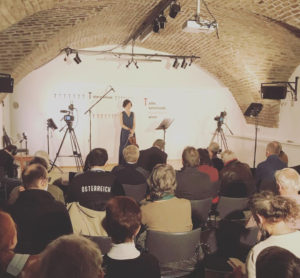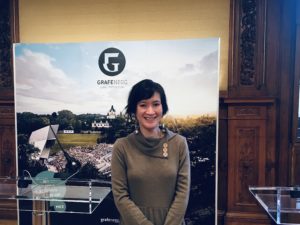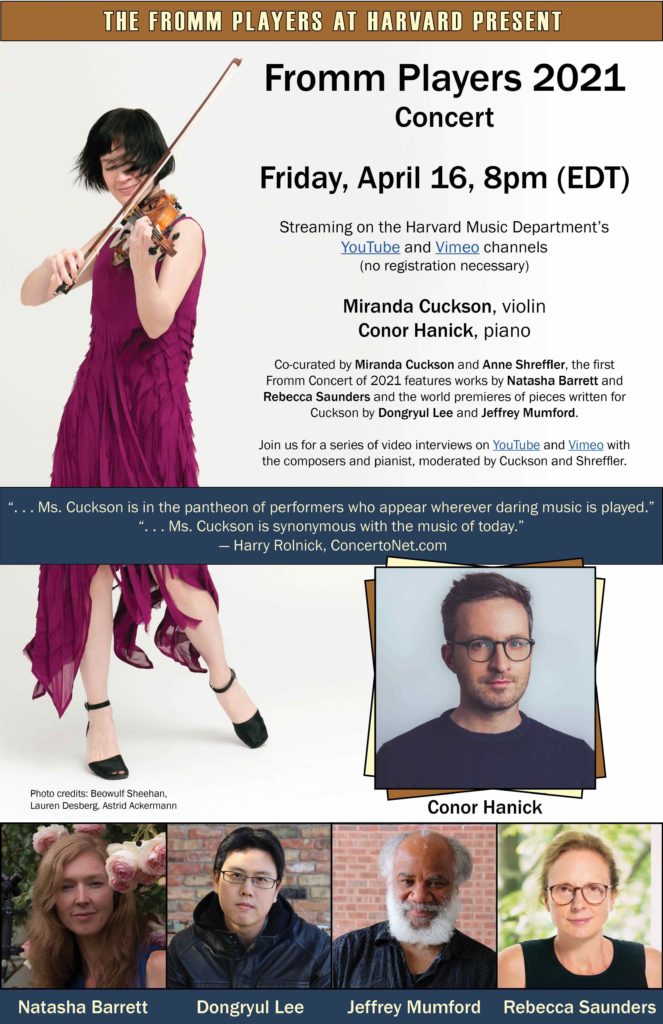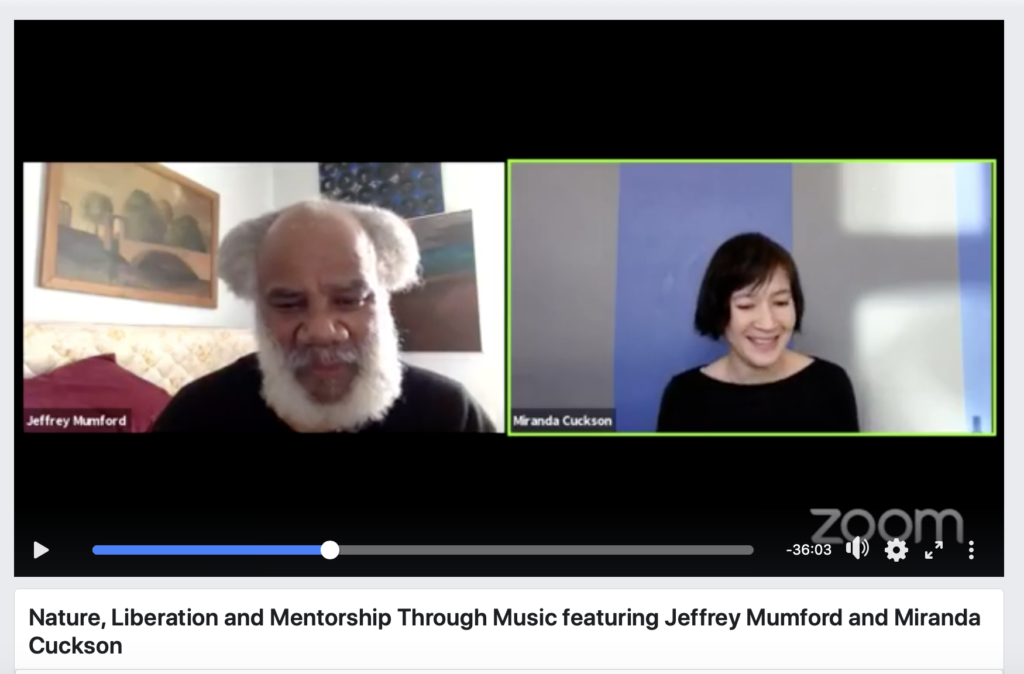I am very happy to be able to release this film of Luigi Nono’s “La lontananza nostalgic utopia Futura” for more people to see and hear. Many thanks again to the AMOC team including amazing Zack Winokur and Julia Eichten; filmmaker Rafe Scobey-Thal; and my wonderful ongoing collaborator in the lontananza, Christopher Burns. Happy birthday, Luigi Nono!
View it here on the AMOC website and here on Vimeo. Notes below.
In honor of Luigi Nono’s 99th birthday, AMOC is thrilled to offer a limited release of the concert film NONO. AMOC’s production of Luigi Nono’s “La lontananza nostalgica utopica futura” premiered in two live performances at the Clark Art Institute in August 2020. Rafe Scobey-Thal’s film NONO presents six imaginative portraits of the production—one for each section of Nono’s music. Creating a kaleidoscopic, mobile sculpture in sound, and melding the real-world sound samples in Nono’s electronics with the natural outdoor environment of the Clark Art Institute at dusk, the production brings a physical and humane urgency to the piece’s evocation of a displaced wanderer seeking refuge.
Music by Luigi Nono
Featuring the work of AMOC* Company Members
Miranda Cuckson, violin
Julia Eichten, movement
Zack Winokur, director
With special guests
Christopher Burns, sound artist
Rafe Scobey-Thal, film director
A Note from the Artists:
“La lontananza nostalgica utopica futura” (1989) is the penultimate work by Italian composer Luigi Nono (1924 -1990).
Nono was a masterful composer, whose music combined vivid emotive qualities with intellectual depth and rigor, expressing a poetic lyricism through distinctly modern approaches to sound and form. His astonishing synthesis of music with words and political message serves as a beacon for today’s multimedia artists, and those who are motivated in their art to convey passionate political convictions. His work was steeped in historical knowledge while vehemently confronting the social issues of the present – most of all, the fight against fascism, which continues from his time into ours.
His compositional craft involved rich musical layering, dramatic juxtapositions of sounds ranging from lush to austere, and innovative use of the voice. A native of Venice, his sensibilities were shaped by the aural landscape of that city, its bell towers, piazzas, and canals. Early in his life, he studied the vocal music of the Renaissance, the madrigal tradition, and the sacred music of Italy. Following his time at the Darmstadt courses, which put him in the avant-garde company of Stockhausen and Boulez, he had his first major success with Il canto sospeso, for singers, chorus and orchestra (1955). The piece put forth a pointedly anti-fascist message, incorporating letters written by political prisoners in World War II. For the next several decades, Nono’s works – mostly large-scale in duration and forces – strove towards new kinds of music theater, involving text (often documentary material) both sung and spoken, spatialization, theatrical sets, improvisation, field recordings, electronics, and amplification.
Later in life, his work turned inward, emphasizing listening and introspection over protest and declaration, and pursuing collaborative approaches to chamber music, including works for string quartet and solo piano. In “La lontananza nostalgica utopica futura”, he distilled his many lifelong preoccupations into the intimate medium of solo violin and 8-track tape. Created with violinist Gidon Kremer, its full title is “La lontananza nostalgica utopica futura. Madrigale per più ‘caminantes’ con Gidon Kremer, violino solo, 8 nastri magnetici, da 8 a 10 leggi” – or “The nostalgic, utopian, future far-distance. Madrigal for a ‘wanderer” with Gidon Kremer, solo violin, 8 magnetic tapes and 8 to 10 music stands.”
Miranda and Christopher’s work together began in 2011 with a performance of this piece at the Union Theological Seminary in New York. This first collaboration was highlighted by Miranda’s discovery of a vocal part in the score, written by Nono but apparently not performed previously. Nono’s indication for the violinist to sing felt revelatory, illuminating the lyrical, almost operatic quality at the heart of the work and unveiling the multi-layered ‘madrigal’ Nono described.
That year, they took the piece into the recording studio. With the assistance of engineer Richard Warp and producer Gene Gaudette, they found ways to represent the spatial qualities of the work in both stereo and surround-sound versions of their interpretation. The resulting album captured the visceral and tactile quality of Miranda’s performance, expressed the dramatic dynamic range of Nono’s music, and earned a “Best Recording of 2012” citation from the New York Times.
Miranda and Christopher’s decade-plus partnership has included a dozen live performances in a variety of venues across the US and in Germany. In 2017 they participated in “Utopian Listening”, a conference on Nono’s electroacoustic music presented by Harvard and Tufts Universities.
For the AMOC* production, Miranda took the new step of memorizing the 50-minute piece (the violin part is fully composed and notated), dispensing with the music stands and allowing for a deeper exploration of choreography, mobility, and interaction with the audience. “La lontananza…” is meant to be adapted to its performance space, and AMOC’s production made use of the Clark Institute’s Tadao Ando-designed outdoor terrace and reflecting pool along with the surrounding natural environment, the setting sun, and the sounds of the frogs, birds, and insects.

